Nanoscience breakthroughs in almost every field of science and nanotechnologies make life easier in this era. Nanoscience and nanotechnology represent an expanding research area, which involves structures, devices, and systems with novel properties and functions due to the arrangement of their atoms on the 1–100 nm scale. The field was subject to a growing public awareness and controversy in the early 2000s, and in turn, the beginnings of commercial applications of nanotechnology.
Research Interest:
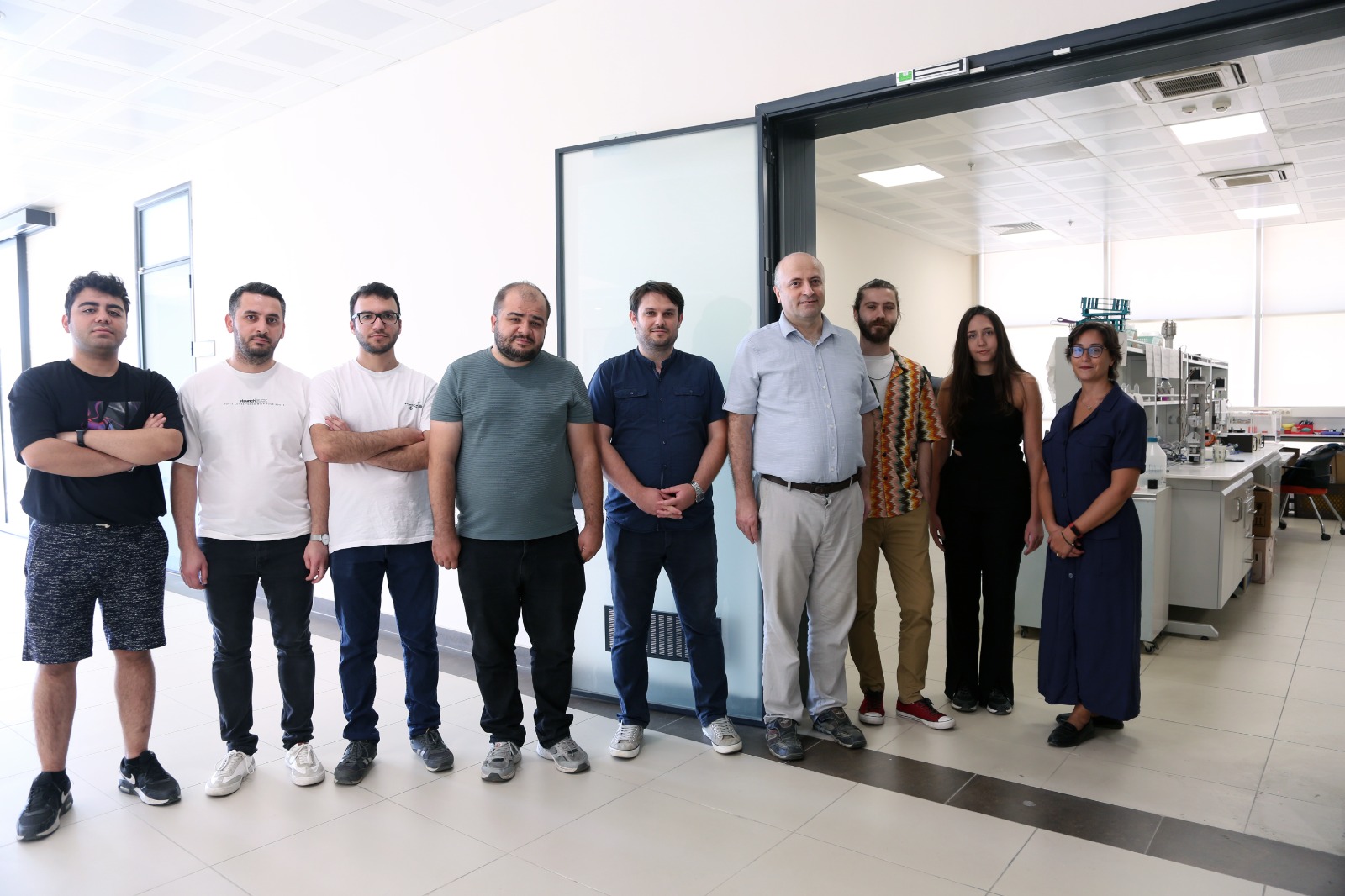
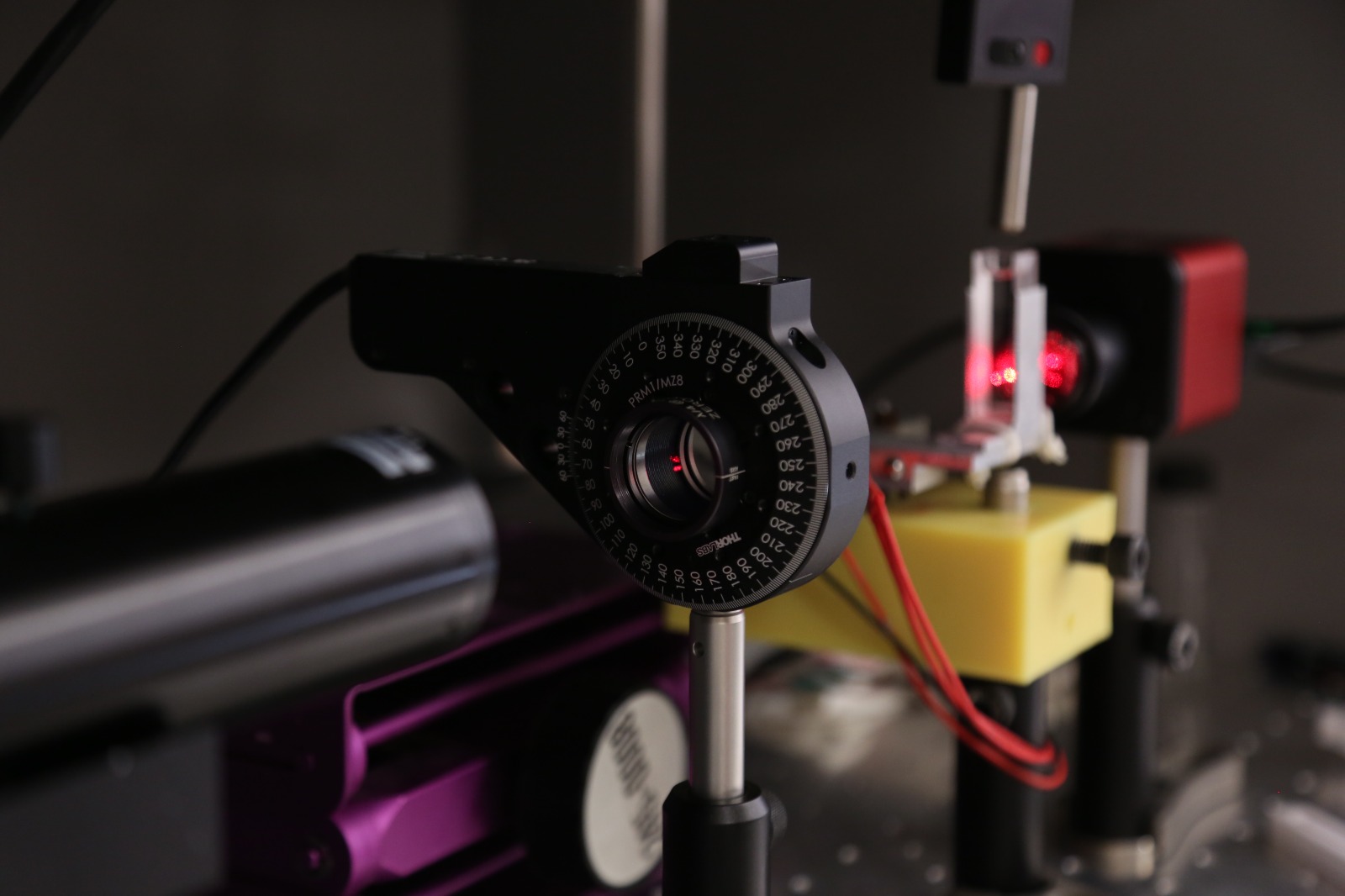 |
Polarimeter Analyzes the optical activity of biological materials in different polarization phases. The majority of organic molecules are optically active, therefore polarimetry in biological samples can provide a lot of information about the properties of the sample. Specifications:
|
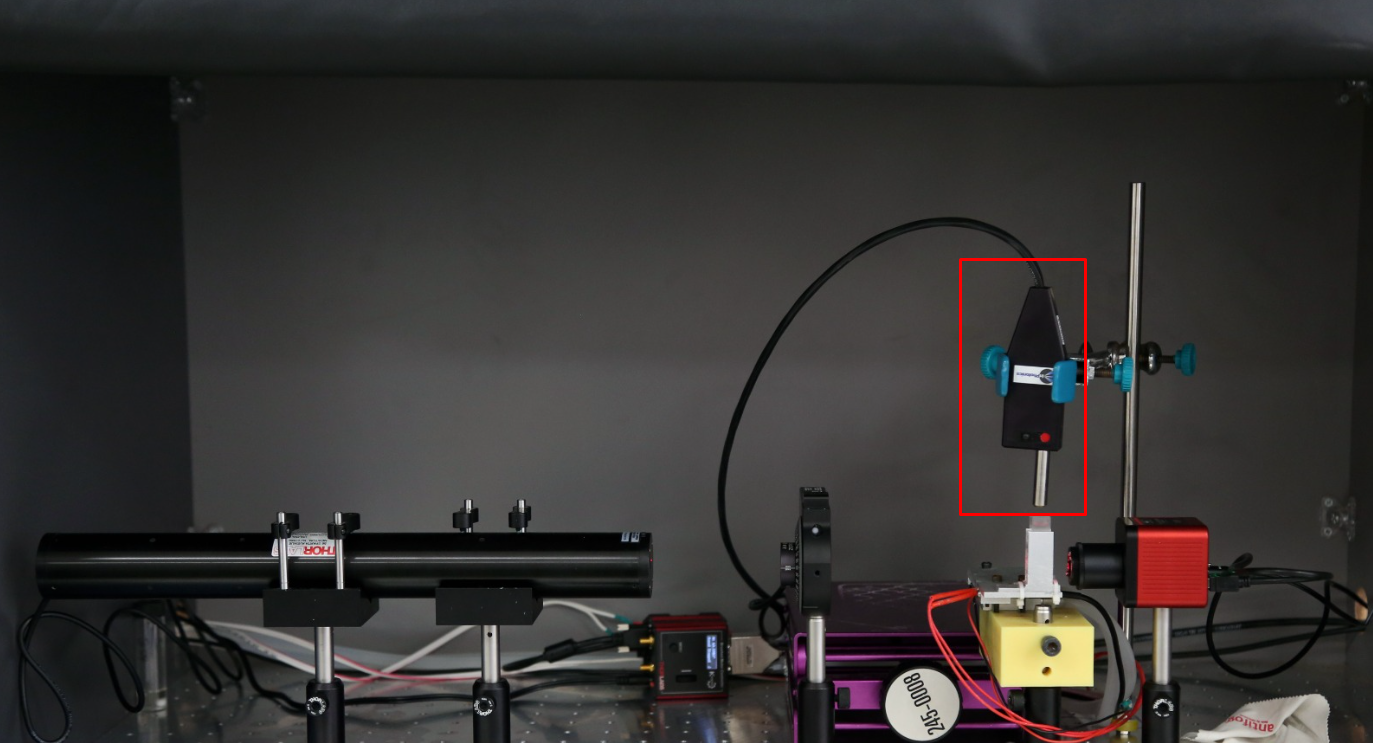 |
Raman Spectroscope Used for the identification of chemical groups in the sample material and for chemical characterization by utilizing the interaction of solid or liquid samples with 785 nm laser light. Specifications:
|
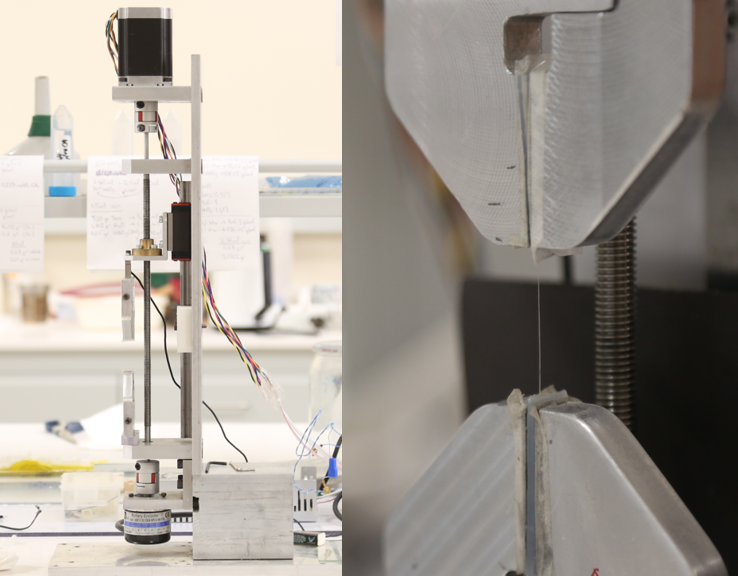 |
Tensile Tester Measures the tensile strength of sensitive materials (fiber and film). Used to test the mechanical properties of nano and micro structures (such as thin films, fibers). |
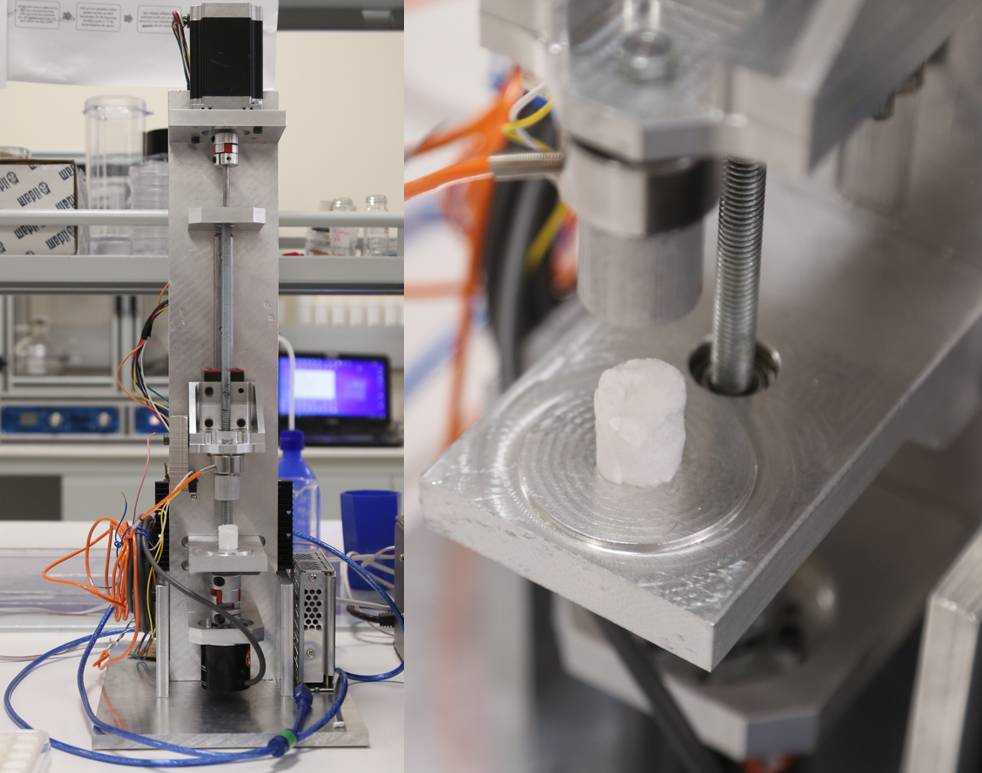 |
Compression Tester Used to measure the compressive strength of polymers and sensitive materials. Designed for mechanical characterization of soft materials.
|
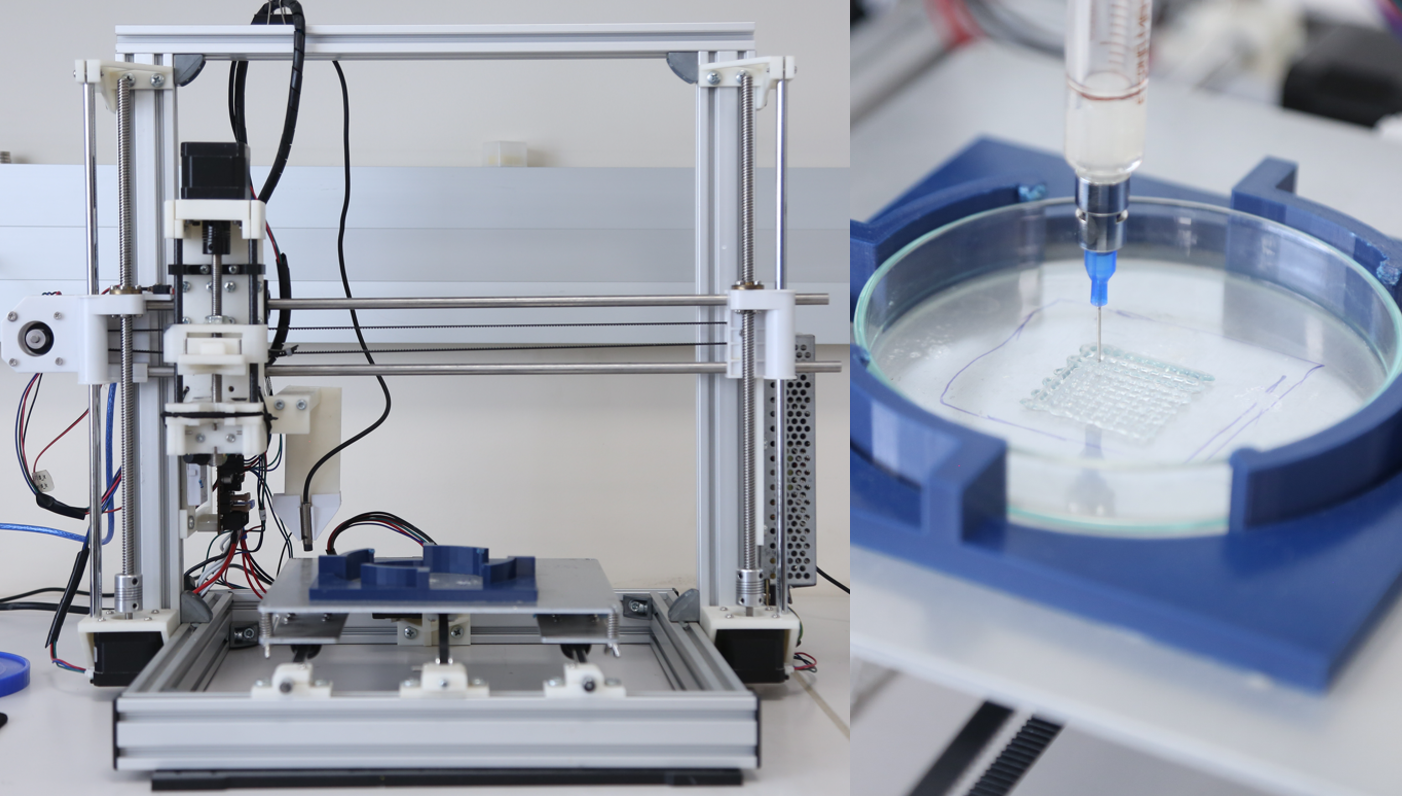 |
3D Bioprinter Used for printing 3D biopolymer materials to be used in tissue engineering. Unlike standard 3D printers, it has been specially modified for printing biopolymers with biological activity. |
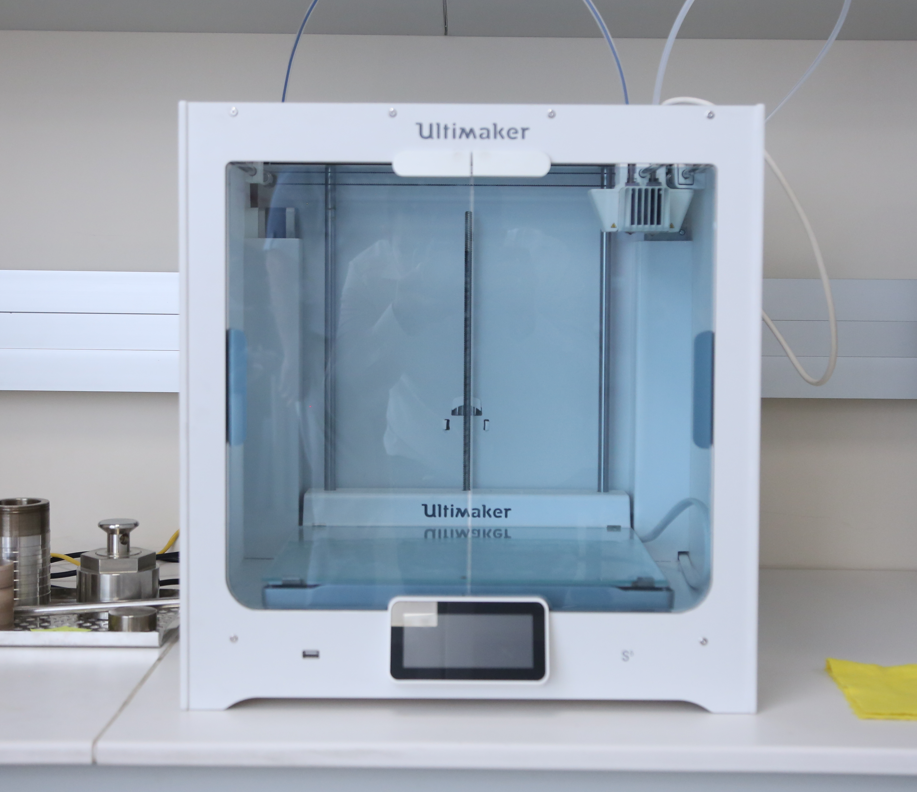 |
3D Printer Used to print 3D objects layer-by-layer by using a computer created design from polymer materials for various purposes. |
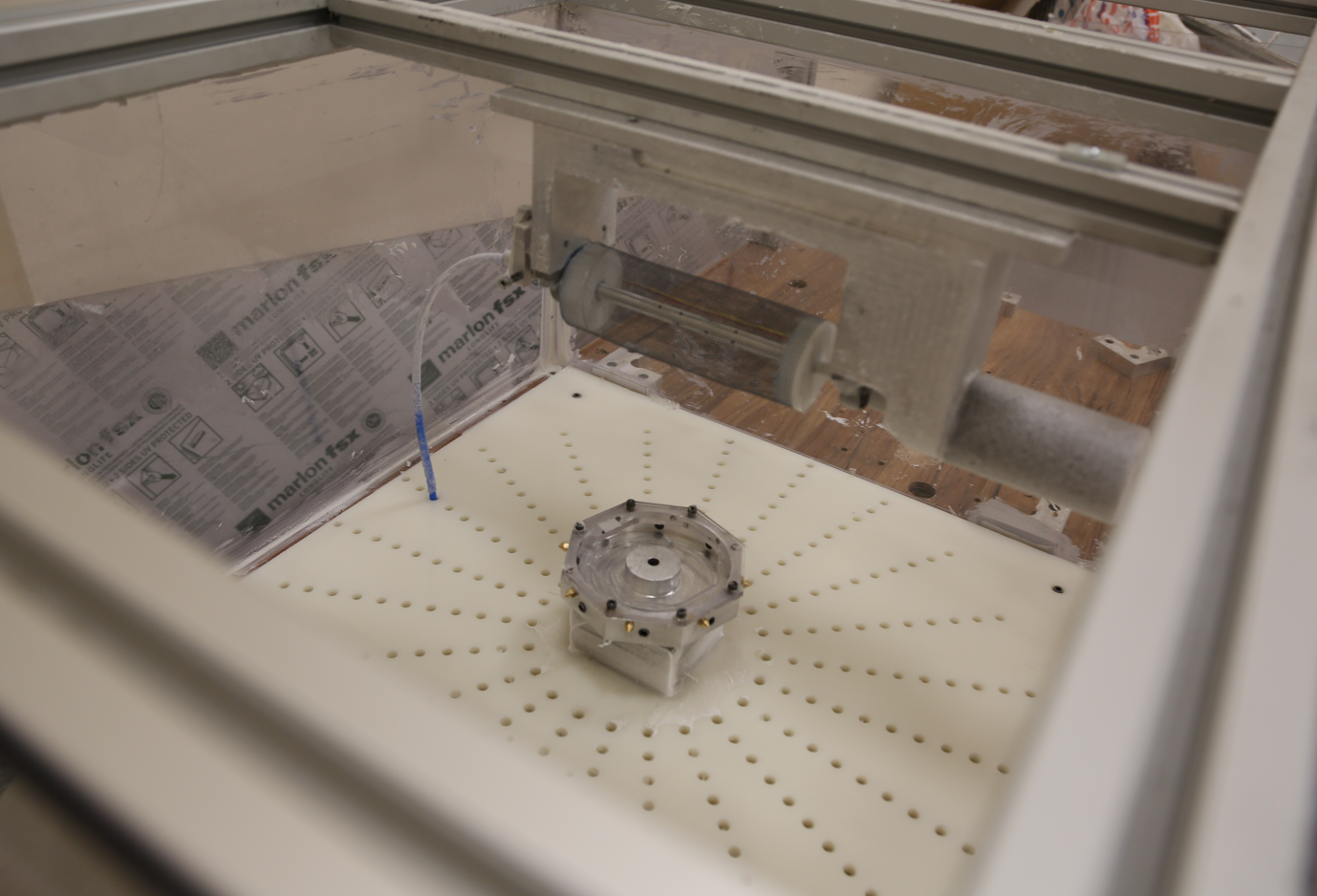 |
Centrifuge Spinning Used to spin various polymer solutions into the form of nanofibers with the help of the force of high rotation motor speed. |
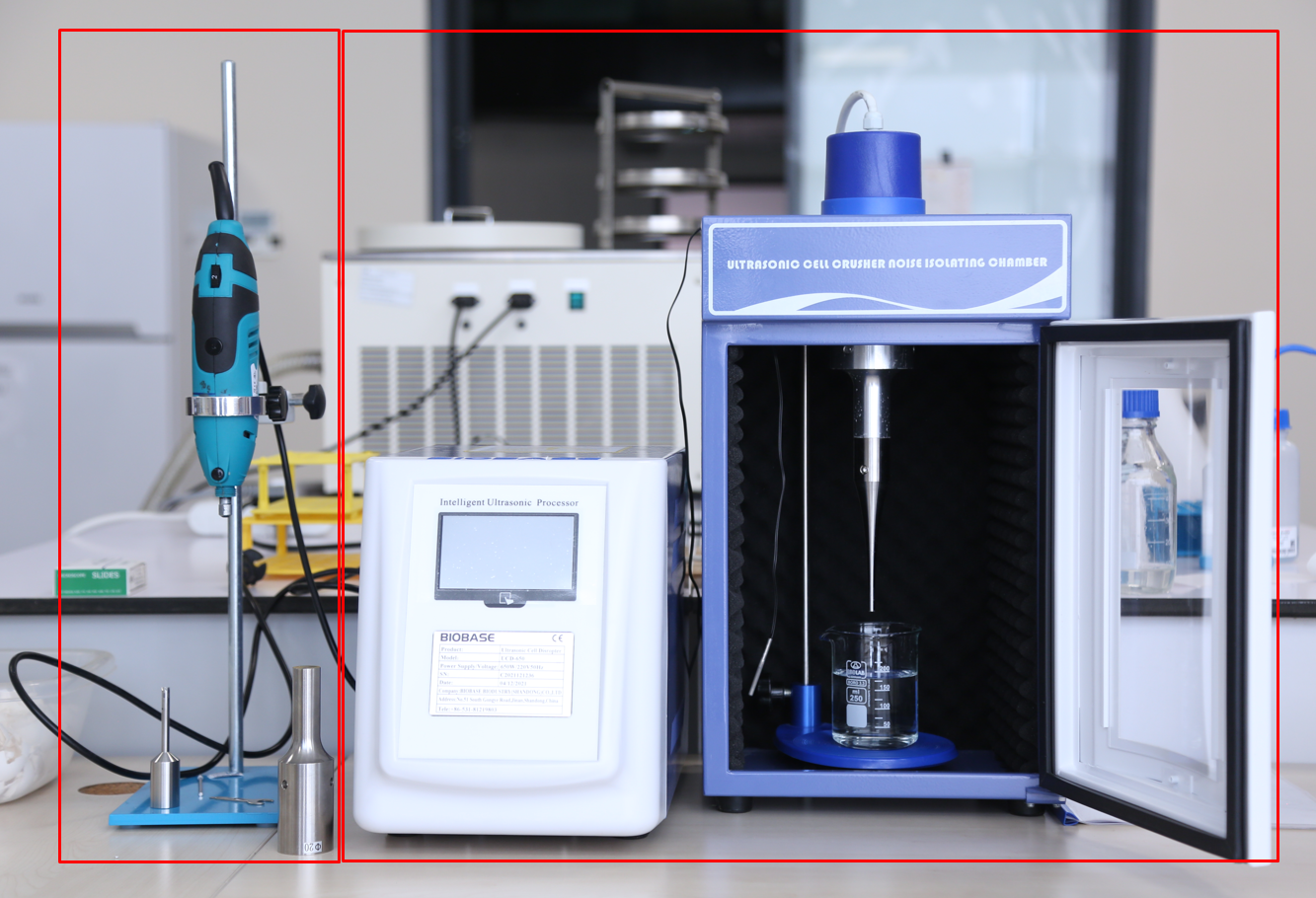 |
Homogenizers A) Mechanical Homogenizer (Left) Used to break down samples mechanically at high speed and to obtain homogeneous solutions. Specifications:
B) Ultrasonic Homogenizer (Right) Used to fragment, disperse or mix samples with the help of ultrasonic waves. For biological samples, it provides homogenization of the sample by breaking down the cell membrane. Specifications:
|
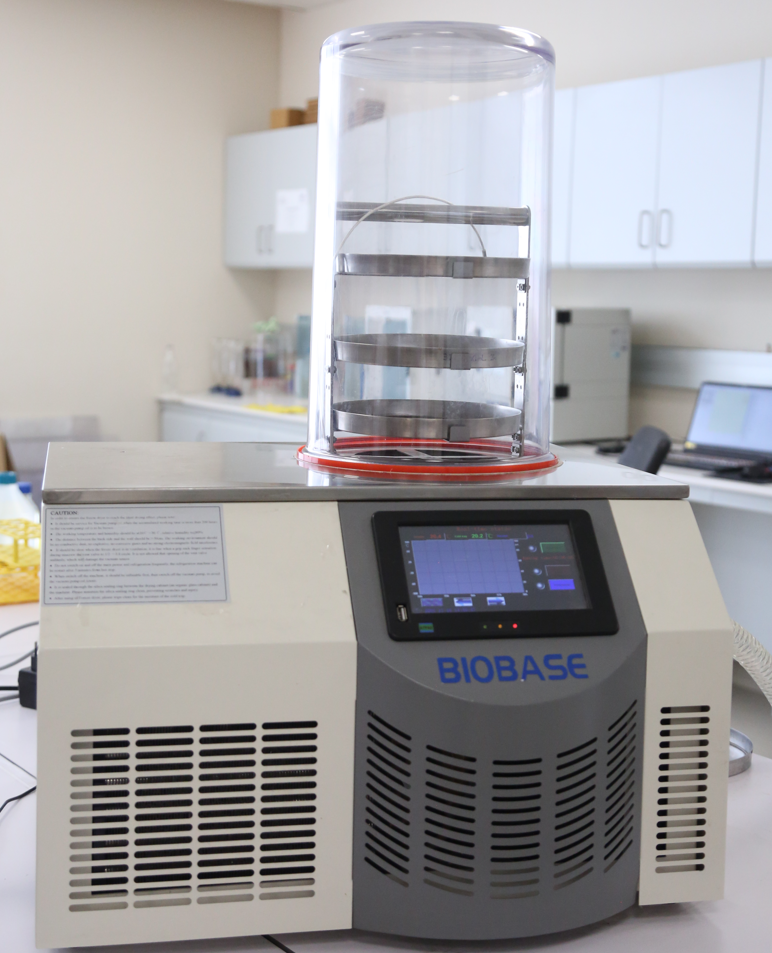 |
Lyophilizer Used to freeze the product suspended especially in water and to dry it by removing the water that rapidly transforms into gaseous form under vacuum. It is ideal for removing water in the sample in cases where drying by heating may damage the sample. Specifications:
|
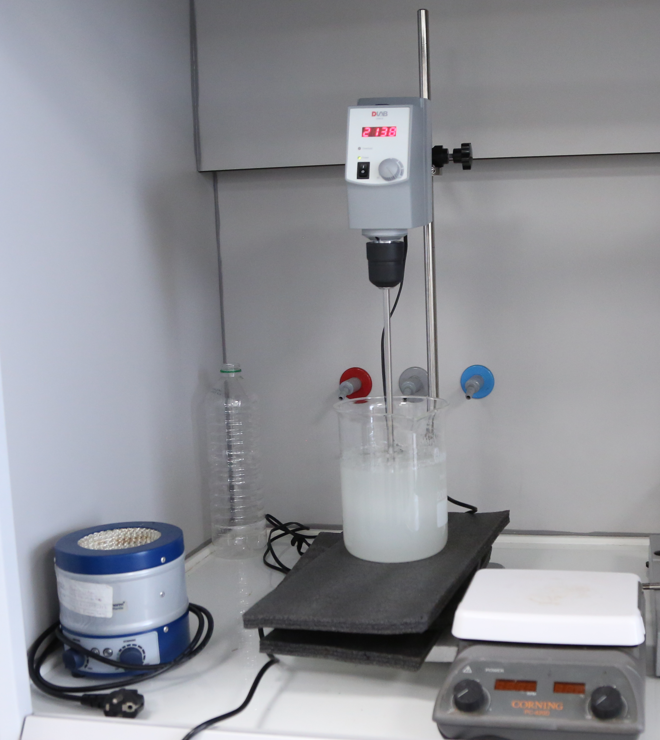 |
Mechanical Stirrer Used to ensure homogeneous mixing of high or low viscosity solutions by using motor power. Specifications:
|
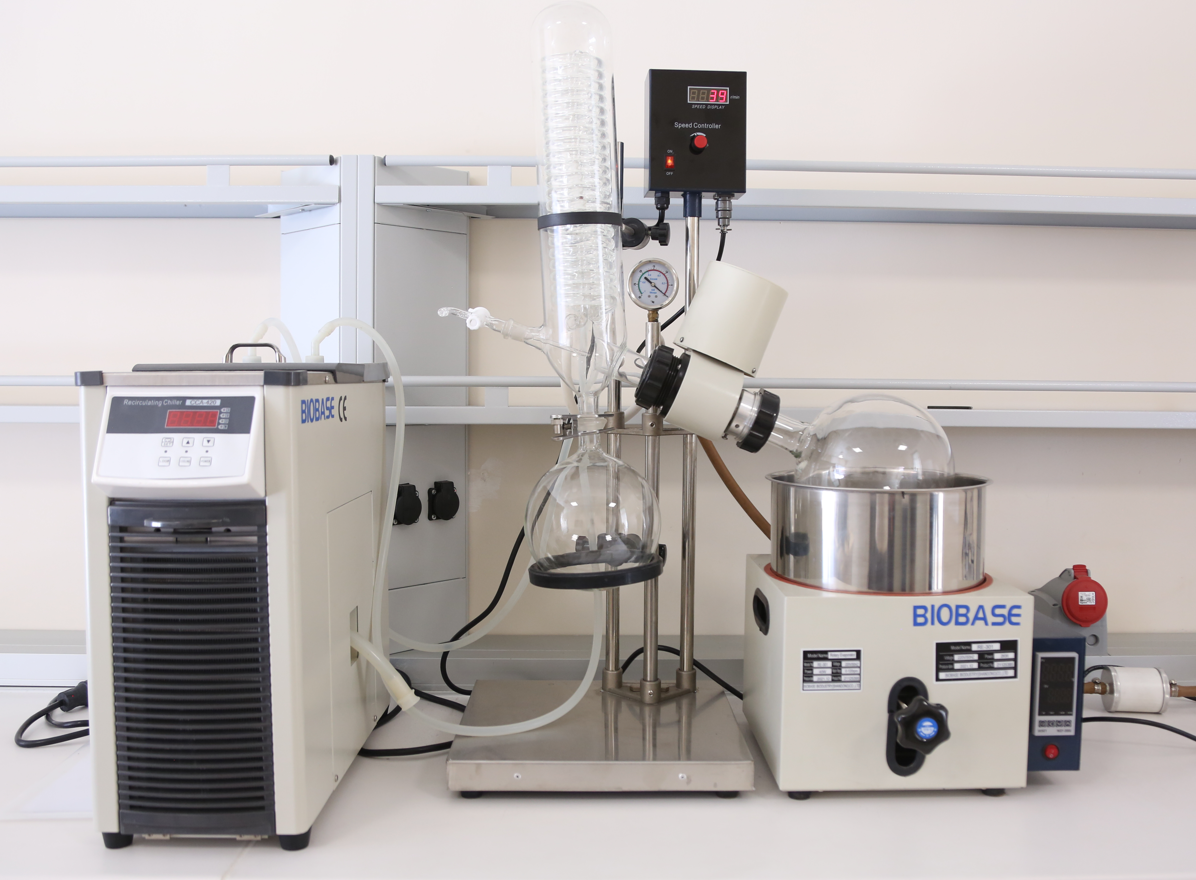 |
Rotary Evaporator Used to separate solvents in liquid-liquid mixture samples by taking advantage of the differences in their boiling points. It ensures the recovery of organic solvent, especially in water-organic solvent mixtures. Specifications:
|
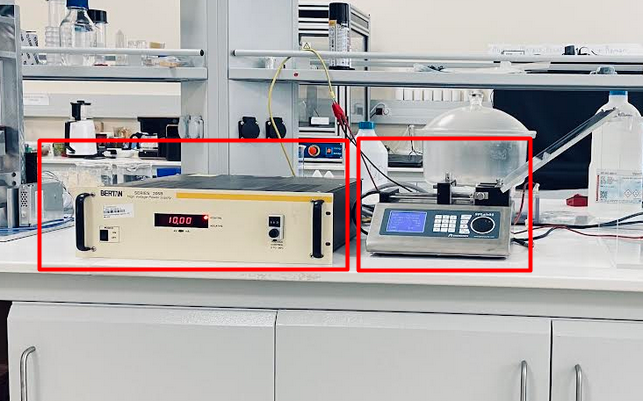 |
Electrospinner Used to spin various polymer solutions into the form of nanofibers with the help of the force applied on them in an electrical field produced by a high voltage generator. |